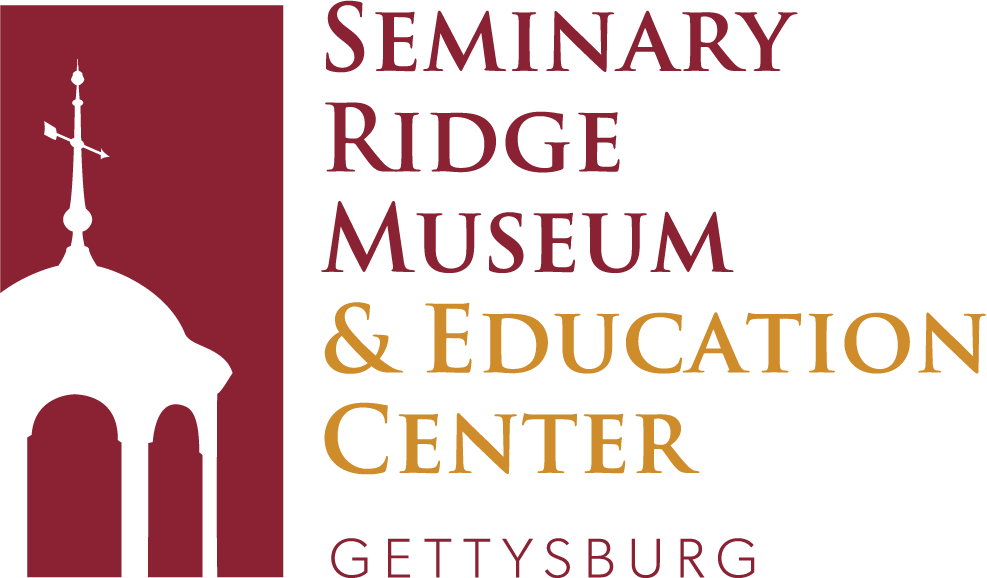Making Sense of the Gettysburg Address
Despite its noticeable brevity, in his Gettysburg Address, Abraham Lincoln articulated an almost unparalleled, extensive set of ideals, creating one of the famous speeches ever uttered in the English language.
More than Just Words on a Page
"Lincoln's address at the dedication of the Gettysburg National Cemetery, November 19, 1863," Sherwood Lithograph Co., circa 1905. (Library of Congress)
Learning the oration has been a longstanding tradition, with schoolchildren oftentimes expected to recite the sixteenth United States president’s 272 words from memory. From, “Four score and seven years ago,” to “a new birth of freedom,” to “government of the people, by the people, for the people,” President Lincoln’s iconic clauses have long left some impression upon American students, and by extension the population at large. However, it is vital that educators sometimes go beyond the mere recitation of phrases to ensure a fuller understanding of the address and its many meanings.
As part of our new digital education initiative, we have launched a learning module titled “Making Sense of the Gettysburg Address.” Through a series of short videos, interactive polls, collaborative prompts, and open-ended questions, participants are encouraged to analyze several components of the speech. These include what Lincoln had to say on the rhetorical influence of the American founding, ending slavery as a consequence of the Civil War, the fight for racial equality, collective treatment of U.S. military veterans, and the role of officials in speaking to the constituencies they have been elected to lead in a representative democracy.
Exploring Other Disciplines and Building Historical Empathy
The lesson features some interdisciplinary methods of learning. These include prompts for students to exercise their artistic skills to, “Draw a picture of at least one way you honor those who have served our country,” and to practice their mathematical abilities by calculating “how many ‘years ago’” Lincoln was referring to when he mentioned, “Four score and seven.”
Seminary Ridge Museum and Education Center contains an exhibit space devoted to the "unfinished work" of which Lincoln spoke in the Gettysburg Address. (Rob Williams)
Additionally, participants are tasked with making connections between the themes of the Gettysburg Address and shared national experiences. Queries about the celebration of Independence Day, Memorial Day, and Veterans Day allow students to make direct correlations between Lincoln’s reverence of the war dead at Soldiers’ National Cemetery in 1863, and ongoing methods of annually paying homage those who gave all for their republic. Likewise, the lesson contextualizes deaths at the Battle of Gettysburg by interpreting casualties in terms more modern and familiar to students, and allows them to develop empathy for historical figures who were forced to endure such a loss of life.
By exploring the motivations and realities behind Abraham Lincoln’s legendary words and the costly battle that precipitated them, “Making Sense of the Gettysburg Address” provides students and teachers an opportunity to appreciate the poetry and prose of the classic oration, but also to discover the larger topics voiced throughout.


